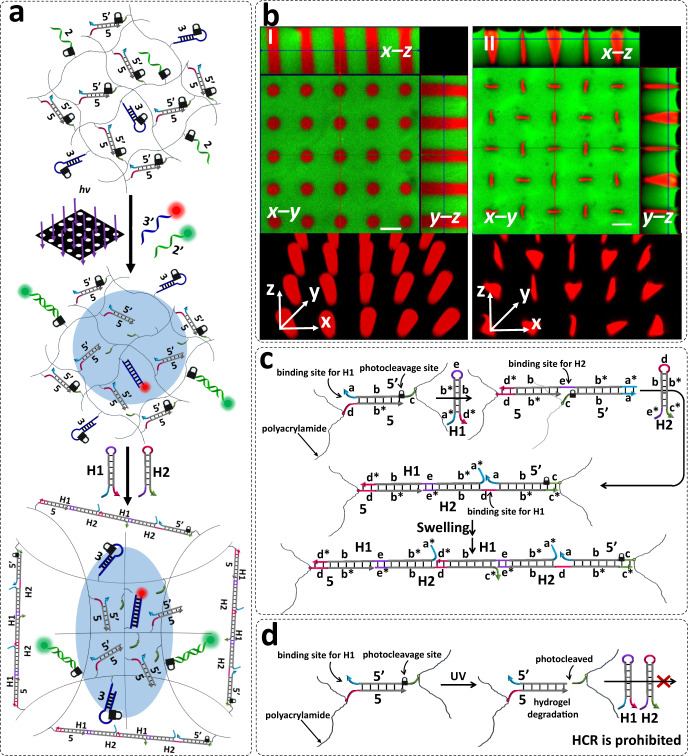Fig. 6. DNA hybridization chain reaction (HCR) dictates site-specific swelling of hydrogel films for pattern modulation.
a Photolithographic patterning of a o-nitrobenzylphosphate ester photoprotected hydrogel that yields non-crosslinked periodically spaced holes on a continuous hydrogel film crosslinked by photoprotected (5)/(5’) duplexes and functionalized with (2) and hairpin (3). The photolithographic process leads to the guided hybridization of the TAMRA-(3’) and FAM-(2’) with activated (3) and (2), associated with the hole domains and the continuous hydrogel, respectively. The intact crosslinker units bridging the continuous hydrogel film initiate the hybridization chain reaction (HCR), in the presence of hairpins H1 and H2 to yield long-chain nucleic acid wires bridging the polyacrylamide scaffold. b Panel I—Three-dimensional confocal fluorescence microscope images and reconstructed image (bottom panel I) of the spatially-separated periodic circular (cylindrical) patterned structures generated according to Fig. 6a. Panel II—Three-dimensional confocal microcopy image of the spatially-separated orthogonal ellipsoid microstructures and the reconstructed structures (bottom panel II) generated upon the forced transition of the circular patterned domains into the ellipsoid structures as a result of the HCR process proceeding in the continuous hydrogel film according to Fig. 6c. Scale bars correspond to 50 μm. c Schematic mechanism of the hybridization chain reaction (HCR) initiated by the duplexes (5)/(5’) in the presence of hairpins H1 and H2, leading to long DNA duplex wires bridging the polyacrylamide network. d Schematic inhibition of the HCR process by the photodeprotected duplexes (5)/(5’) positioned in the “hole” domains. N = 4 independent experiments were performed.

